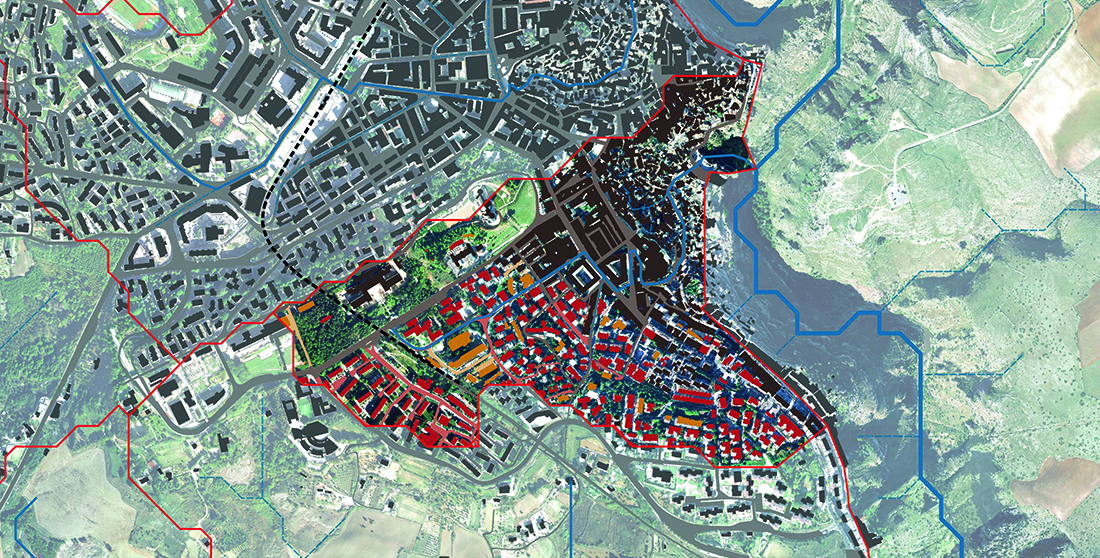Article
Version 1
Preserved in Portico This version is not peer-reviewed
Hydromorphic Impact of Matera’s Urban Area
Version 1
: Received: 24 November 2023 / Approved: 12 December 2023 / Online: 12 December 2023 (03:47:50 CET)
A peer-reviewed article of this Preprint also exists.
Ermini, R.; Fattore, C.; Zoubi, A.A. Hydromorphic Impact of Matera’sUrban Area. Geographies 2024, 4, 152-167. Ermini, R.; Fattore, C.; Zoubi, A.A. Hydromorphic Impact of Matera’sUrban Area. Geographies 2024, 4, 152-167.
Abstract
The urban planning transformations modify the morphological shape of the territory changing land uses and permeability of the areas involved in the evolution processes, thus also altering the hydrologic responses to climatic events, namely the urban drainage runoffs that impact on the environmental risk of modern cities. Using the watershed hydrologic concept, in its dynamic evolution, it is possible to consider the morphological layout together with the transformations implemented by the human activities and any different territorial portions could be analyzed in connection with the other areas related by the dynamics of the surface runoff, thus highlighting the reciprocal influences between the different areas. By examining the morphological shapes impacting surface outflows, the hydrological roles of upper-mountain, intermediate-hillside, and lower-valley areas reveal urban and non-urban connections. This elucidates hydromorphic complexities in urban transformations and assesses climate change adaptability. The proposed approach has been applied to the urban district of “Sasso Caveoso”, belonging to the city of Matera and consents to quantitatively synthesize the response of the context analyzed, referring to different scenarios and providing useful decision support tools.
Keywords
urban planning; hydromorphic analysis; urban flood resiliency
Subject
Environmental and Earth Sciences, Water Science and Technology
Copyright: This is an open access article distributed under the Creative Commons Attribution License which permits unrestricted use, distribution, and reproduction in any medium, provided the original work is properly cited.
Comments (0)
We encourage comments and feedback from a broad range of readers. See criteria for comments and our Diversity statement.
Leave a public commentSend a private comment to the author(s)
* All users must log in before leaving a comment










